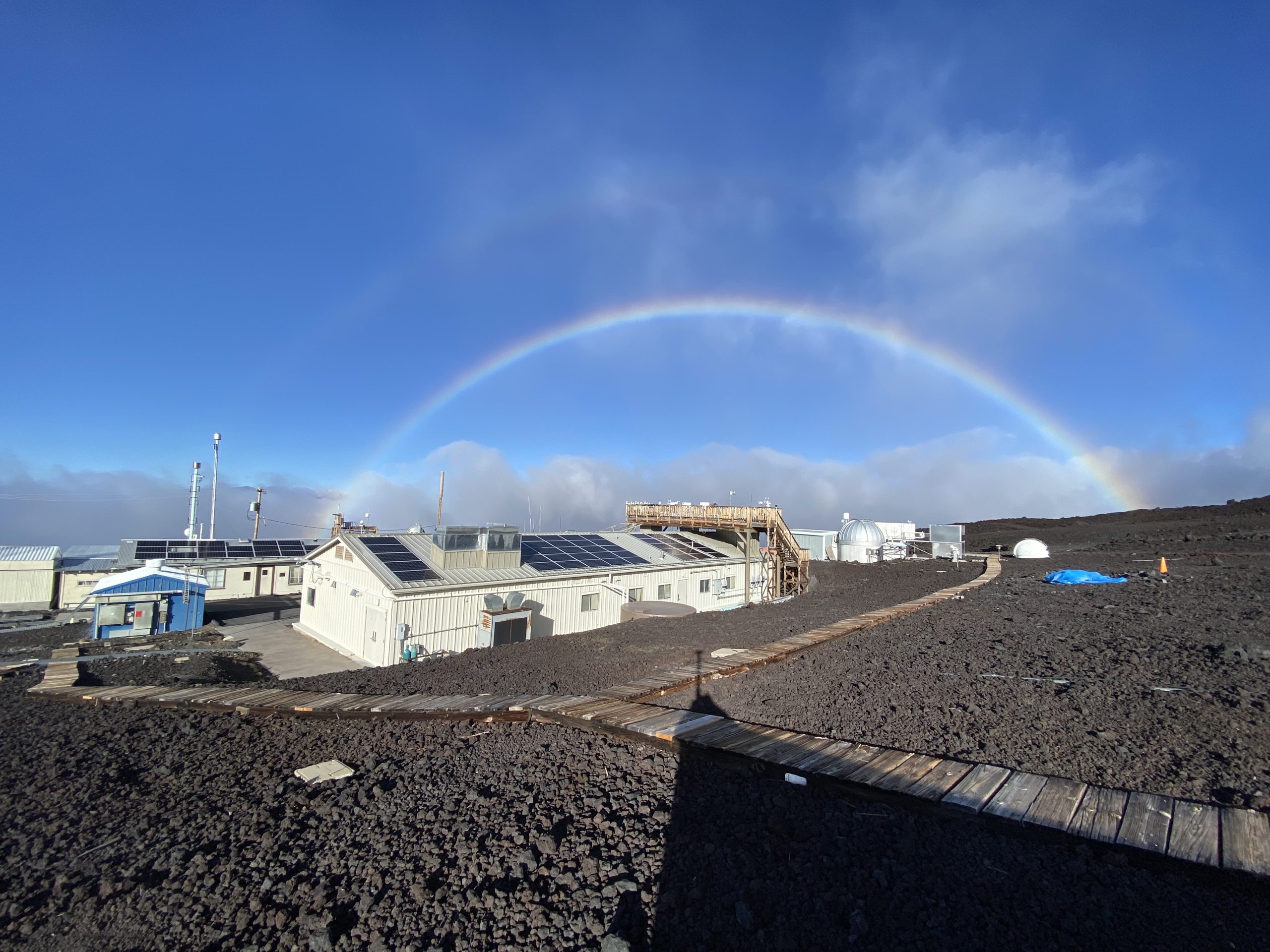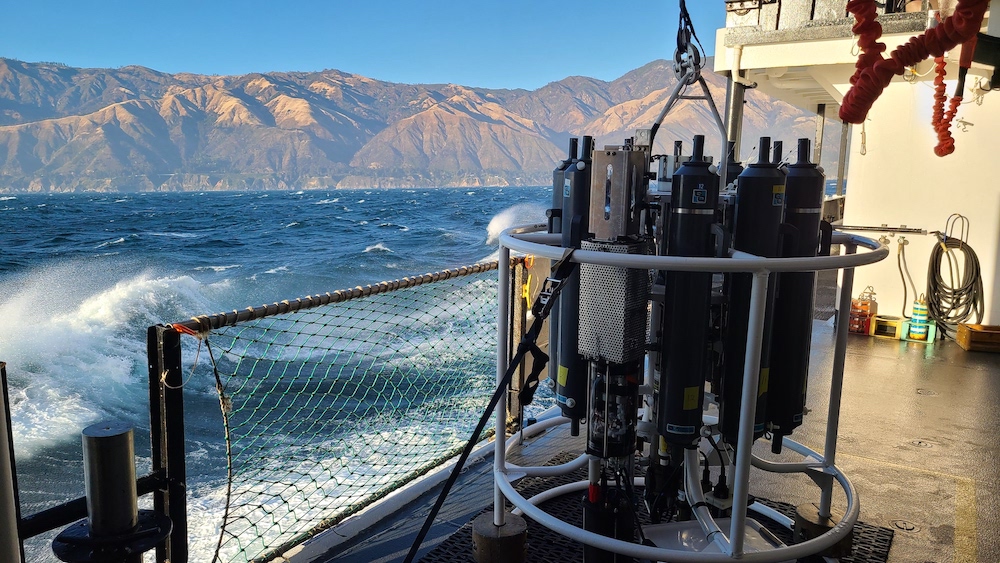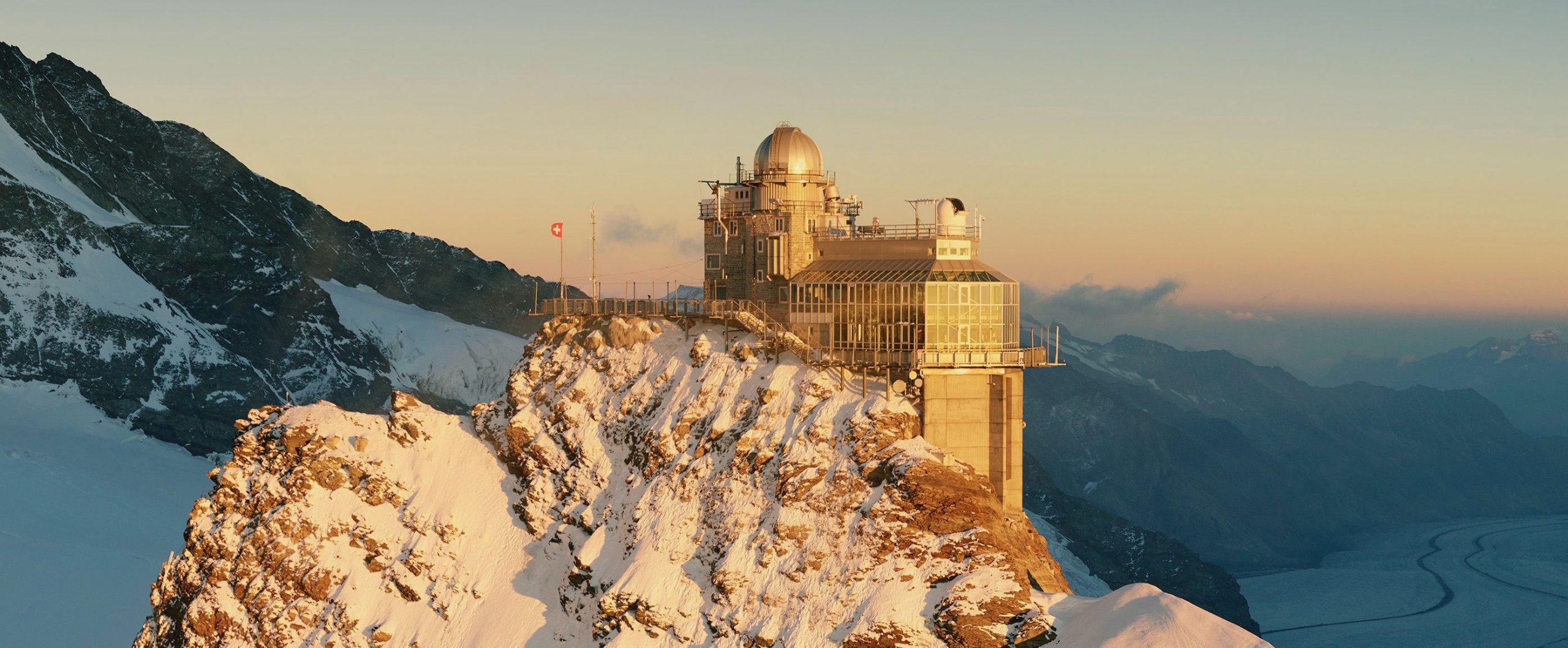Have you ever thought about what it’s like to be a scientist at sea and all of the prep work that goes into a research cruise? Life at sea means expecting the unexpected!
Picture this:
You’ve spent months preparing for an upcoming voyage at sea. As a research scientist at NOAA’s Pacific Marine Environmental Lab, your goal is to learn more about the ocean environment by using moorings, large structures equipped with instruments to monitor various oceanic and atmospheric conditions. The objective of your upcoming trip is to replace the mooring that has been contributing to Ocean Weather Station Papa’s oceanic time series data that dates back to 1949.
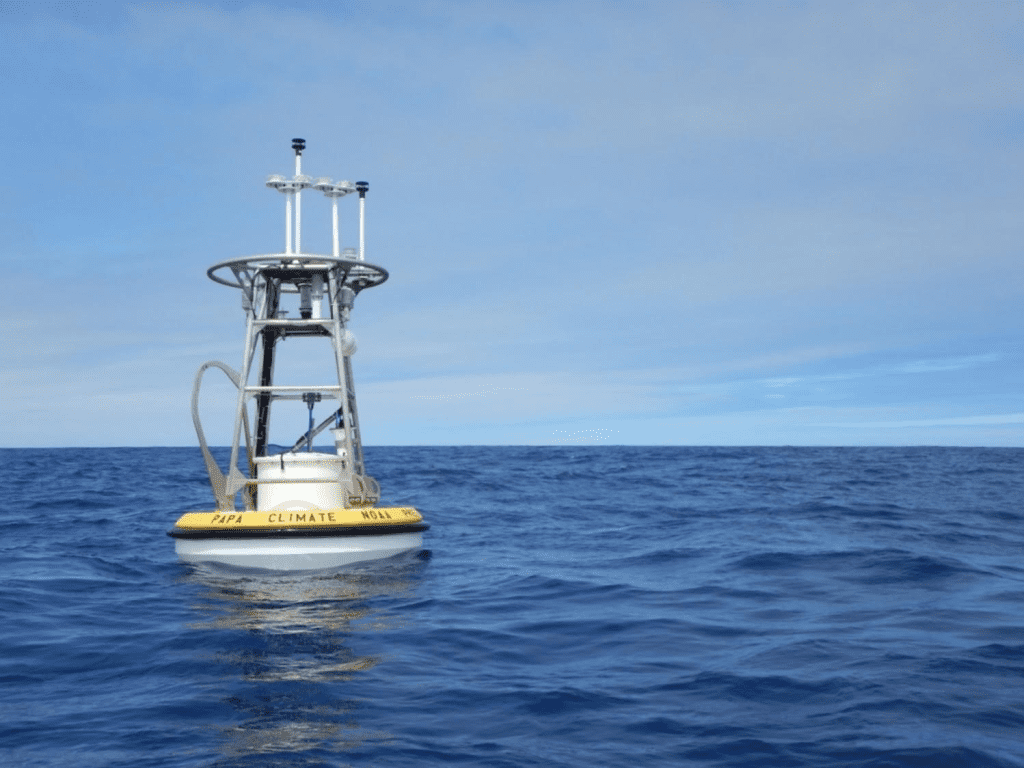
Months of calibration and testing ensure instrument accuracy for the demanding conditions at sea. The way an instrument operates in a lab setting could be very different from how it performs while exposed to the Gulf of Alaska’s elements. Before a cruise, scientists iterate through the steps: Test, measure, adjust, and repeat to ensure the expedition’s success.
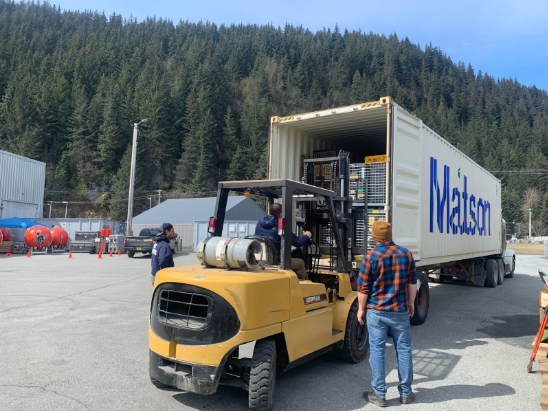

Extensive logistical planning and team coordination are crucial for a successful voyage. Paperwork, clearances, and other documentation may be required to ensure all of the equipment and personnel make it to port. Transporting the gear involves shipping, moving, and securing seven tons of anchors, a pickup-sized buoy, and line that will stretch to the seafloor over 2.5 miles below the ship. This could not be done with one person alone!
Speaking of coordination, your team must develop a plan to work together effectively. The entire team has met for months to familiarize themselves with the equipment, safety protocols, and procedures for data collection and deployment. Anticipating challenges, creating contingency plans, and adapting on the fly are essential components of the expedition.
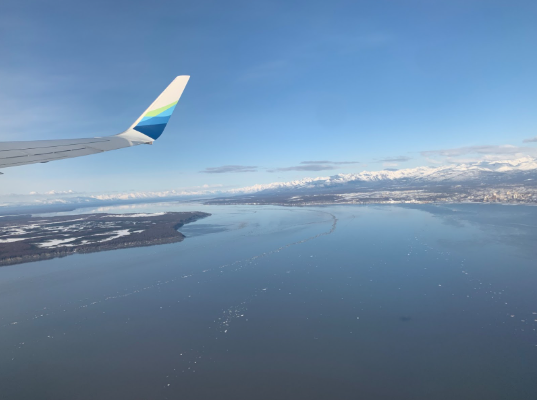

Finally, the moment arrives and it’s time to go to sea. The instruments arrived on time and nothing was broken, great! After some final equipment checks, you load everything onto the ship and meet the rest of the crew who you will be living with for the duration of the cruise, including the captain, vessel engineers, deckhands, other scientists, students, additional support staff, and everyone’s favorite member of the ship family, the chef.
Before leaving the dock, and during the first few days of the trip, you keep an eye on the weather conditions. Springtime in the Gulf of Alaska can be uncertain at times, and while the captain has the ultimate say, she works alongside the chief scientist to coordinate how to accomplish the project goals while prioritizing the crew’s safety. Even though there is suboptimal weather in the forecast, you make the decision to continue toward Station Papa.
After traveling roughly 300 miles out to sea, the weather begins to take a turn for the worse. You’re still only about halfway to where the Station Papa moorings are located, and the wind and swells start to pick up significantly. Still, you continue to adjust your plans and hope the weather will hold out for long enough to deploy the new mooring. You also take some time to appreciate your sea sickness medication. One of the only upsides to the weather is that you have the chance to create a snow-mascot for the cruise.
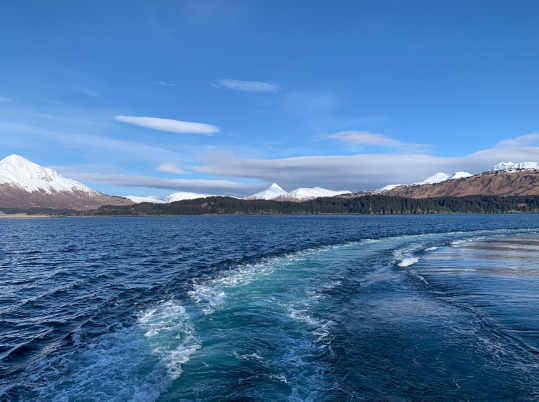

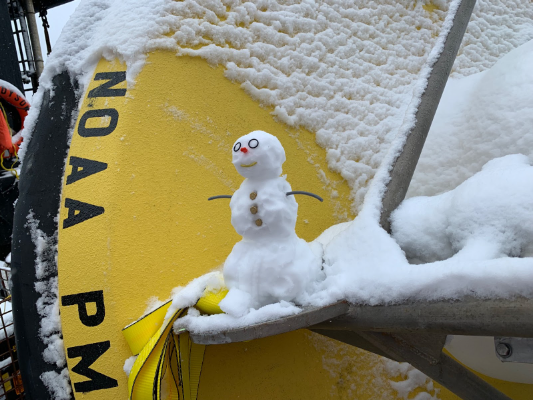

The weather continues to deteriorate, and the crew has to confront 20-foot waves and consistent, strong wind gusts. The window for swapping out the moorings continues to close. Now, you will only have six hours of good enough weather to accomplish tasks that can take up to four days.
Eventually, the captain is forced to make the difficult decision to abort the mission and head back to port. Despite all of your contingency planning and preparation, some things are simply out of your control.
Not all hope is lost. Despite setbacks, data will continue to be collected at Station Papa and contribute to the long-standing ocean observations. While the moorings are replaced once a year, their sensors are designed to last for longer to account these for unexpected challenges. You are able to store the equipment in Alaska, and return to Pacific Marine Environmental Lab to begin planning a return cruise.
You realize most of the work involved with going to sea doesn’t actually occur at sea anyway, it takes place in the preparation and wrap-up phases of the cruise. With the data that continues to be transmitted from the moorings in the Gulf of Alaska, scientists from around the globe can draw conclusions about the complex dynamics of climate change, marine heatwaves, and El Niño events to better inform international policy, conservation efforts, and climate models. Even if this cruise didn’t turn out how you expected, you are proud to play a role in addressing our changing climate and protecting the world’s ecosystems for future generations.


